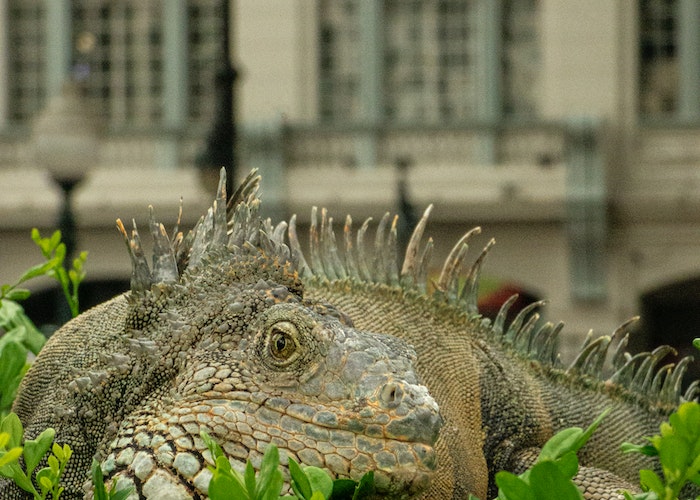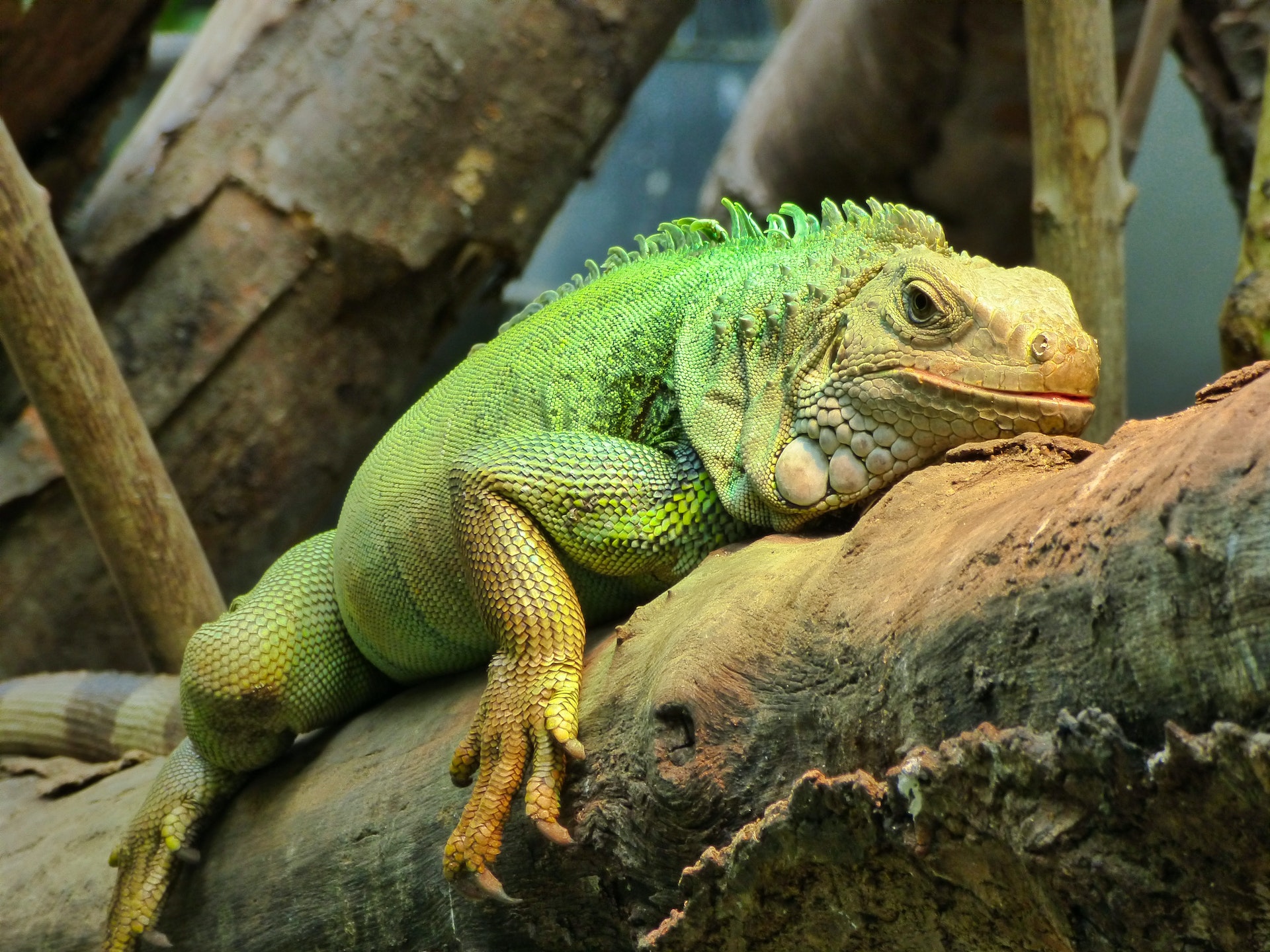Creating a suitable habitat for your bearded dragon is essential for its overall well-being. One important aspect of their enclosure is the choice of substrate, which refers to the material used to cover the floor of the habitat. In this article, we will explore the best substrates for bearded dragon habitat, considering factors such as safety, cleanliness, and naturalistic elements. Selecting the right substrate is crucial as it affects not only the aesthetics of the enclosure but also the comfort, hygiene, and health of your bearded dragon. As a responsible pet owner, it’s important to provide your bearded dragon with a comfortable and safe habitat. One of the most important aspects of creating a healthy habitat is choosing the right substrate. The substrate is the material that lines the bottom of the enclosure, and it plays a crucial role in maintaining the overall health and well-being of your bearded dragon.
Some best substrates for bearded dragon are

1. Newspaper and Paper Towels
Newspaper and paper towels are popular substrates for bearded dragon enclosures, especially for young or sick individuals. They are inexpensive, readily available, and easy to replace, making them practical options. Newspaper provides a clean and sterile surface, which helps maintain good hygiene and makes it easier to monitor your bearded dragon’s droppings for signs of illness. Paper towels are absorbent, ensuring that moisture is adequately controlled. However, these substrates lack visual appeal and do not provide a naturalistic environment.
2. Reptile Carpet
Reptile carpet, also known as terrarium carpet or cage liners, is a synthetic substrate made of materials such as polyester or nylon. It offers a soft and non-abrasive surface for your bearded dragon to walk on, reducing the risk of foot injuries. Reptile carpet is reusable and easy to clean, making it a convenient choice. It also provides a more natural appearance than newspaper or paper towels. However, it’s important to regularly wash and disinfect the carpet to prevent the buildup of bacteria or parasites.
3. Ceramic Tile
Ceramic tile is a durable and long-lasting substrate that provides a solid surface for your bearded dragon’s enclosure. It is easy to clean and maintain, and its smooth texture allows for easy movement. Ceramic tile also retains heat well, providing a stable temperature gradient within the habitat. Additionally, tile comes in a variety of colors and patterns, allowing you to create an aesthetically pleasing environment. However, it’s important to choose tiles that are not slippery to ensure your bearded dragon can move around safely.
4. Vinyl or Linoleum Flooring
Vinyl or linoleum flooring is another option for bearded dragon substrates. These materials are easy to clean, stain-resistant, and provide a smooth surface for your pet to move on. They come in various designs, allowing you to customize the appearance of the habitat. However, it’s important to ensure that the flooring is securely installed to prevent your bearded dragon from accidentally lifting or ingesting any loose edges.
5. Naturalistic Substrates
For bearded dragon owners seeking a more naturalistic environment, there are several substrates that mimic their natural habitats. These options include reptile-safe sands, such as calcium sand or silica-free play sand, as well as organic soil or coconut coir. Naturalistic substrates provide a visually appealing habitat and allow for more natural behaviors, such as digging. However, it’s crucial to ensure that the substrate is safe and free of impactions. Bearded dragons should be closely monitored to prevent ingestion of the substrate while feeding or during exploration.
6. Wood based substrates
Wood-based substrates, such as cedar, pine, and other softwoods, are not recommended for bearded dragons. These materials can release harmful chemicals and oils that can irritate your dragon’s respiratory system and cause health issues.
Important Considerations

When selecting a substrate for your bearded dragon’s habitat, it’s essential to consider the following factors:
- Safety: Choose substrates that are non-toxic, free of sharp edges, and pose no ingestion risks.
- Cleanliness: Opt for substrates that are easy to clean, maintain proper hygiene, and prevent the buildup of bacteria or parasites.
- Moisture Control: Ensure that the substrate effectively manages moisture levels to prevent excessive humidity or dampness.
- Comfort and Injury Prevention: Select substrates that provide a comfortable walking surface and reduce the risk of foot or tail injuries.
- Aesthetics: Consider the visual appeal of the substrate and how it contributes to the overall appearance of the habitat.
Conclusion
Choosing the right substrate for your bearded dragon’s habitat is a crucial aspect of providing a safe and comfortable environment. Each substrate option has its advantages and considerations. Ultimately, the best substrate will depend on your bearded dragon’s specific needs, your personal preferences, and the level of maintenance you are willing to undertake. By considering factors such as safety, cleanliness, and naturalistic elements, you can select the most suitable substrate that promotes the health and well-being of your beloved bearded dragon.
